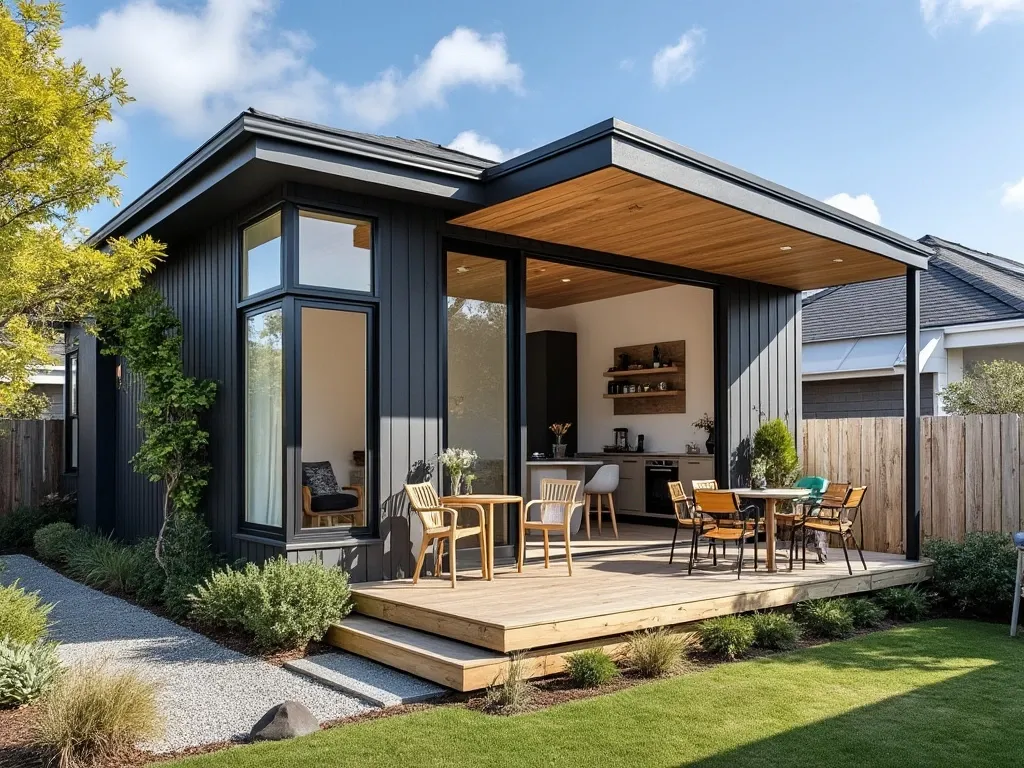
- Government receives record-breaking submissions on proposed changes to build granny flats more easily.
- Homeowners and industry workers highlight council processes as barriers to affordable housing growth.
- Next steps include detailed policy design with legislation expected by 2025.
Nearly 2,000 submissions have been received on the Government’s proposals to simplify the building of granny flats up to 60 square metres without needing resource or building consent. According to RMA Reform Minister Chris Bishop and Building and Construction Minister Chris Penk, this is the highest number of responses to a building and construction consultation, doubling the previous record of around 800.
Chris Penk stated, “It is fantastic to see such a high level of engagement, especially from homeowners and those who work in the building and construction industry, with these groups representing around two-thirds of the total number of responses.”
The proposals, part of the National-NZ First Coalition Agreement, were open for consultation from June to August. A summary of the submissions shows widespread support for addressing the cumbersome regulatory processes seen as barriers to development.
“A common theme from homeowners and those in the industry is that existing council and regulatory processes are a barrier to building and are simply too onerous,” said Chris Bishop. He emphasised that the Government’s proposals are part of a broader effort to unlock housing potential, address infrastructure challenges, and cut red tape.
The proposals align with a more risk-based consenting regime, focusing on reducing compliance for low-risk building work. Penk noted, “The proposal echoes other moves to adopt a more ‘risk-based’ consenting regime, where low-risk building work is not subject to the same arduous consenting process.”
Submissions also pushed for broader changes, such as allowing extensions, tiny homes, and multiple granny flats on a single property, particularly in support of papakāinga housing. Māori communities highlighted the significant social and economic benefits these changes could bring.
In terms of financial benefits, 55% of submitters anticipated cost savings, with 19% expecting savings over $15,000 and 15% estimating between $3,000 and $15,000.
The next phase involves refining the policy design, with considerations for environmental risks, building safety, and consumer protections. The Government aims to introduce legislation amending the Building Act 2004 next year, with new National Environmental Standards for granny flats anticipated by 2025.

